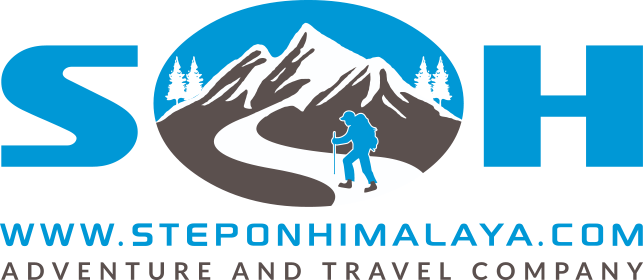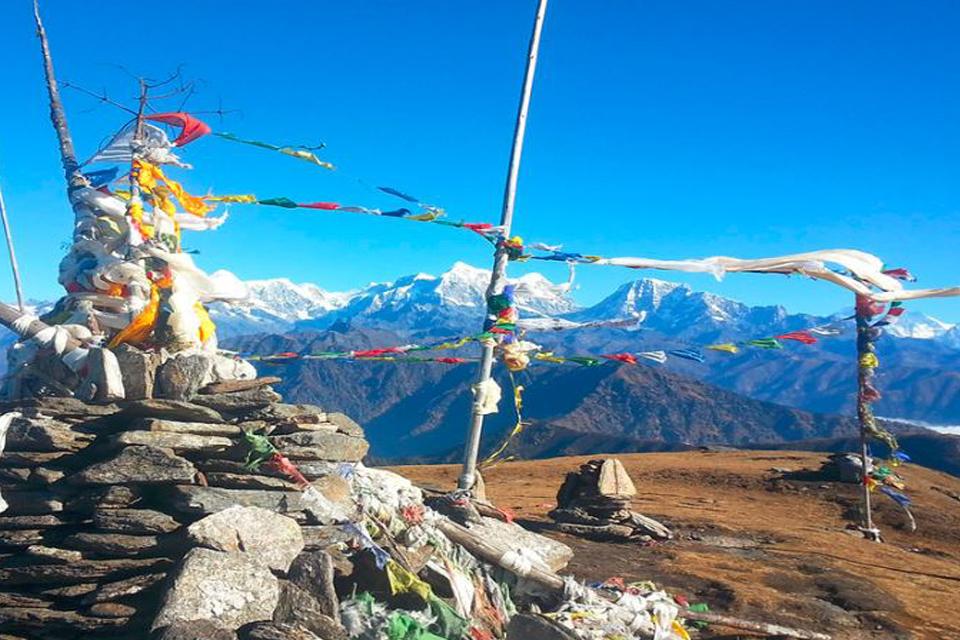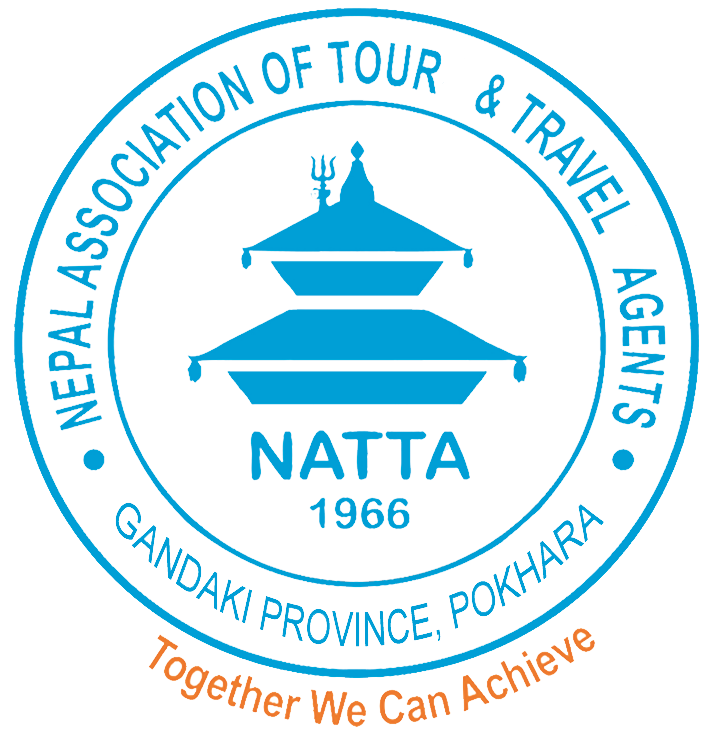Pikey Peak Trek
Trip Overview
Trip at a Glance
Pikey Peak Trek- Favorite Vantage Point of Mt. Everest
Mt. Everest – the world’s highest peak is the dream destination. To see it at the closest distance is a boon. Pikey Peak is the point from where the view of Mt. Everest is at its best. Sir Edmund Hillary also claimed Pikey Peak to be his favorite vantage point to witness the mesmerizing beauty of Mt. Everest. Pikey in the Sherpa language represents the Sherpa Clan deity, the God of the sky over nature. Pikey Peak Trek is a newly presented trek that is recently opened for trekkers in the Khumbu region. Those trekkers who have been to Pikey Peak are also claiming that it is the best point that allows the closest view of Mt. Everest.
Pikey Peak Trek is categorized as a moderate trek. One has to be physically and mentally set up to be able to adjust to the altitude and the changes in the surrounding. This Pikey Peak Trek is usually a 7 – 8 days trek that gradually attains a limited altitude in order to avoid Acute Mountain Illness. Step on Himalaya has tailored this Pikey Peak Trek in such a way that on acclimatization day, the trekkers will get enough rest and time to prepare themselves according to the altitude rise. Acclimatization is always an essential part of the trek. Apart from this, the trekkers will get the chance to explore the place in more detail and experience the natural beauty of the place with unique Sherpa culture and traditions. The hospitality of local Sherpa people will ease their stay. Since this place is still categorized as solitary trekking or off-the-beaten trekking trail, very fewer trekkers have got the golden chance to enjoy the pristine exquisiteness of the Khumbu region.
Pikey Peak Trek is a wonderful off-the-beaten trekking trail that is capturing the interest of many trekkers. Therefore, it is always better to choose this trek at its best season of the year. September to December and February to June is considered to be the best time for trekking to Pikey Peak. During these months, the sky is very clear that offers excellent views of Pikey Peak. Winter or rainy seasons might not be good timing. The roads will be slippery and there are high chances of floods or landslides during rainy seasons. While in the winter season, the temperature will go down to minus, and it will be difficult to stay and enjoy in such a cold temperature. Hence, it is always suggested to choose either Autumn or Spring season for Pikey Peak Trek. Step On Himalaya team will make sure you get the utmost facilities in the teahouses available.
Choose Pikey Peak Trek with Step on Himalaya and grab the opportunity to explore the unexplored, untouched trekking trail of the Khumbu region and enjoy the fascinating sights of Mt. Everest at the nearest distance. You choose, and we make the pathway to the ultimate thrill and fun. We assure you that your choice of SOH to trek to Pikey Peak will be worthy enough and lifetime memorable.
Detail Itinerary
Day 01: Arrival in Kathmandu
Day 02: Sightseeing of Kathmandu valley; Preparation of the Trip
Day 03: Drive to Dhap from Kathmandu
Day 04: Trek to Jhapre from Dhap
Day 05: Trek to Pikey Peak from Jhapre
Day 06: Trek to Junbesi from Pikey Peak
Day 07: Trek to Phaplu from Junbesi
Day 08: Flight to Kathmandu from Phaplu
Day 09: Departure from Nepal











